India has a rich cultural and natural heritage, with sites recognized for their diverse history, architecture, traditions, and more. Forty-two sites inscribed on the UNESCO World Heritage Sites India List are dotted across different regions of the country. We journey across India to discover some of its most celebrated World Heritage Sites that enrich India country profile.
Quick Navigation
List of UNESCO World Heritage Sites in India
|
Site |
Location |
Year Listed |
Category |
|
Agra Fort |
Uttar Pradesh |
1983 |
Cultural |
|
Ajanta Caves |
Maharashtra |
1983 |
Cultural |
|
Buddhist Monuments at Sanchi |
Madhya Pradesh |
1989 |
Cultural |
|
Champaner-Pavagadh Archaeological Park |
Gujarat |
2004 |
Cultural |
|
Chhatrapati Shivaji Terminus |
Maharashtra |
2004 |
Cultural |
|
Churches and Convents of Goa |
Goa |
1986 |
Cultural |
|
Elephanta Caves |
Maharashtra |
1987 |
Cultural |
|
Ellora Caves |
Maharashtra |
1983 |
Cultural |
|
Fatehpur Sikri |
Uttar Pradesh |
1986 |
Cultural |
|
Great Himalayan National Park Conservation Area |
Himachal Pradesh |
2014 |
Natural |
|
Group of Monuments at Hampi |
Karnataka |
1986 |
Cultural |
|
Group of Monuments at Mahabalipuram |
Tamil Nadu |
1984 |
Cultural |
|
Group of Monuments at Pattadakal |
Karnataka |
1987 |
Cultural |
|
Hill Forts of Rajasthan |
Rajasthan |
2013 |
Cultural |
|
Humayun’s Tomb |
Delhi |
1993 |
Cultural |
|
Jaipur City |
Rajasthan |
2019 |
Cultural |
|
Kaziranga National Park |
Assam |
1985 |
Natural |
|
Keoladeo National Park |
Rajasthan |
1985 |
Natural |
|
Khangchendzonga National Park |
Sikkim |
2016 |
Mixed |
|
Mahabodhi Temple Complex |
Bihar |
2002 |
Cultural |
|
Manas Wildlife Sanctuary |
Assam |
1985 |
Natural |
|
Nanda Devi and Valley of Flowers National Parks |
Uttarakhand |
1988, 2005 |
Natural |
|
Qutb Minar and its Monuments |
Delhi |
1993 |
Cultural |
|
Rani ki Vav (Queen’s Stepwell) |
Gujarat |
2014 |
Cultural |
|
Red Fort Complex |
Delhi |
2007 |
Cultural |
|
Rock Shelters of Bhimbetka |
Madhya Pradesh |
2003 |
Cultural |
|
Sun Temple |
Odisha |
1984 |
Cultural |
|
Taj Mahal |
Uttar Pradesh |
1983 |
Cultural |
|
The Architectural Work of Le Corbusier |
Punjab, Haryana |
2016 |
Cultural |
|
Jantar Mantar |
Rajasthan |
2010 |
Cultural |
|
Victorian Gothic and Art Deco Ensemble |
Mumbai |
2018 |
Cultural |
|
Western Ghats |
Multiple States |
2012 |
Natural |
|
Maratha Military Landscapes |
Maharashtra & Tamilnadu |
2025 |
Cultural |
Cultural Heritage Sites
UNESCO recognizes 34 World Heritage Sites in India for their outstanding universal value. Here are some of the most iconic cultural sites at a glance:
Taj Mahal, Agra (1983)
No journey through World Heritage Sites in India would be considered finished without visiting the Taj Mahal. Emperor Shah Jahan built this extraordinary architectural marvel from the Mughal dynasty as a tribute to his wife, Mumtaz Mahal. The Taj Mahal’s flawless symmetry and exquisite embellishments adorned with precious gemstones have made it a prevalent subject for photographers worldwide.
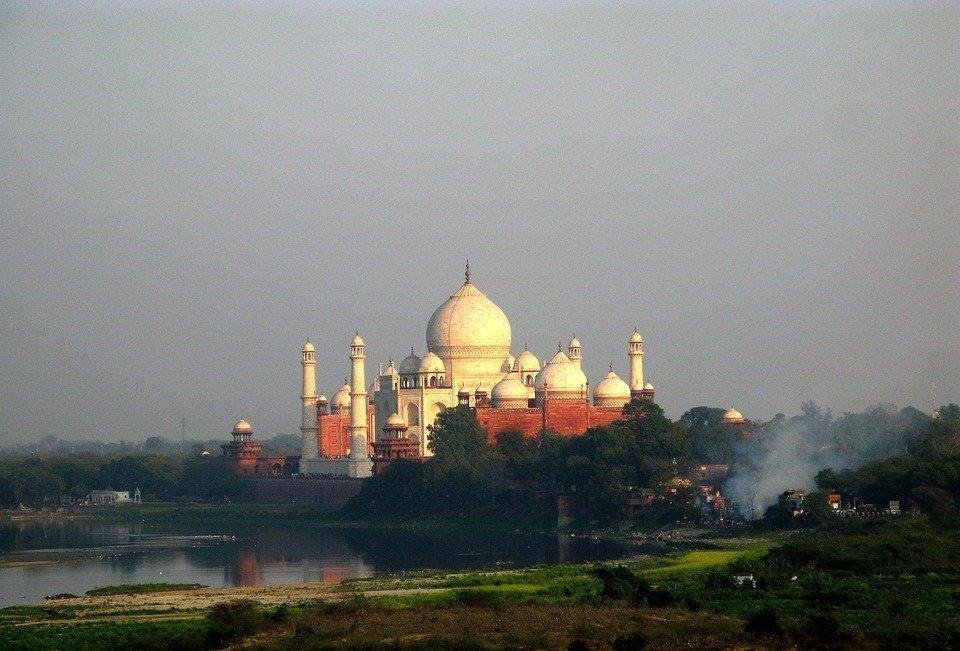
Sun Temple, Konark (1984)
On the UNESCO World Heritage sites India list is an engineering marvel from the 13th century, the Sun Temple is designed as a colossal chariot of the sun god with twelve pairs of exquisitely carved wheels and horses. Its architecture fuses elements of Indian astronomy, making it a stunning amalgamation of art, architecture, and astronomical features.
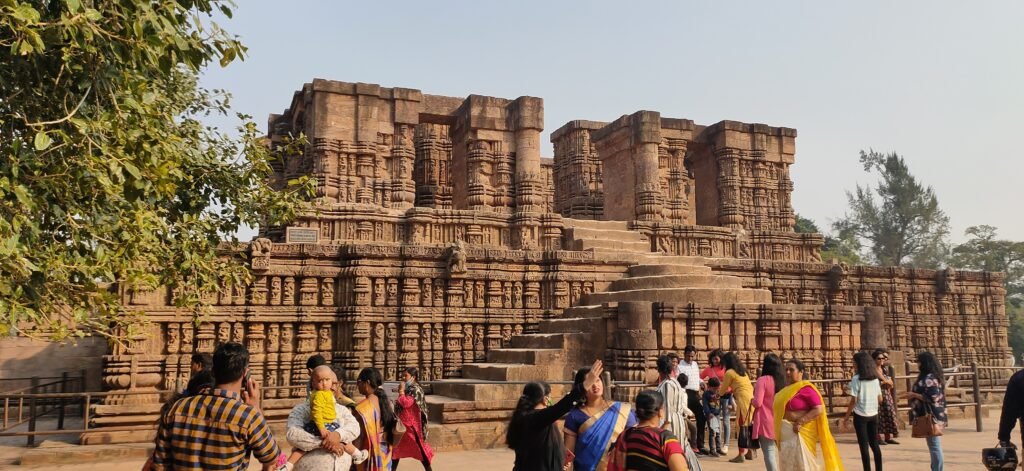
Hampi Group of Monuments (1986)
The sprawling ruins of Vijayanagara, the former capital of the Vijayanagara Empire, are intriguing to explore. Its atmospheric landscape contains over 1,600 structures like temples, royal enclosures, pavilions, and more, providing a glimpse into a bygone golden era.
Facts about Lakshadweep Islands

Khajuraho Group of Monuments (1986)
Renowned for its erotic sculptures, Khajuraho is adorned with intricately carved temples depicting Indic mythology, jataka tales, and erotic art. Its Nagara-style architecture and sculptures are a pinnacle of Indian craftsmanship from the Chandela dynasty.
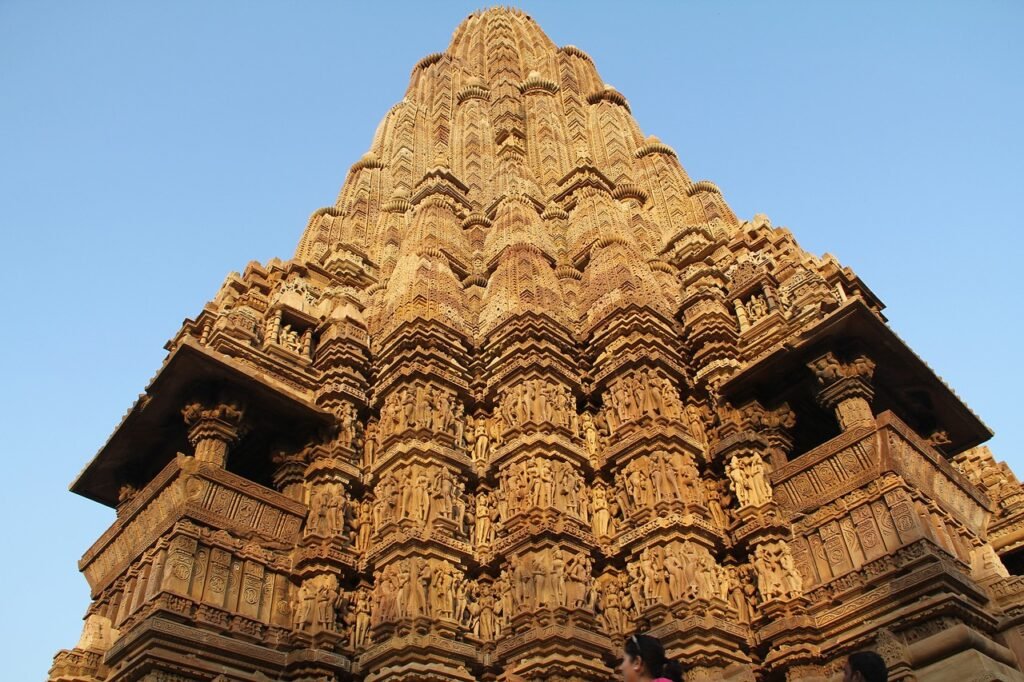
Humayun’s Tomb, Delhi (1993)
This beautifully landscaped complex was the first garden tomb on the Indian subcontinent and inspired several major architectural innovations. The architecture of this world heritage site influenced the design of later Mughal grandeur structures like the Taj Mahal.

Jantar Mantar, Jaipur (2010)
This unique astronomical observation site comprises geometric devices for measuring time, tracking stars, determining planetary movements, and more. Its sundial is amongst the world’s largest. Even today, it provides a compelling insight into India’s ancient advances in astronomy.

Nature’s Art – The Natural Sites
India’s diverse landscapes are also home to several sites of natural significance with rich biodiversity and endangered ecosystems. Here are a few natural gems from the UNESCO World Heritage Sites India List:
Nanda Devi and Valley of Flowers National Parks (1988, 2005)
Nested high in the Himalayas amidst snow-capped peaks, the scenic landscapes of these national parks stretching across alpine meadows and glacial valleys are home to many rare and endemic plant species. Their towering mountain silhouettes and flowering meadows are a sight to behold.

The Great Himalayan National Park (2014)
This rugged alpine park boasts over 1500 plant species and a diversity of rare medicinal herbs and floral varieties adapted to harsh climates. It also provides refuge to the endangered snow leopard and Bharal (blue sheep), adding to its ecological importance.
Spiritual Retreats in India List
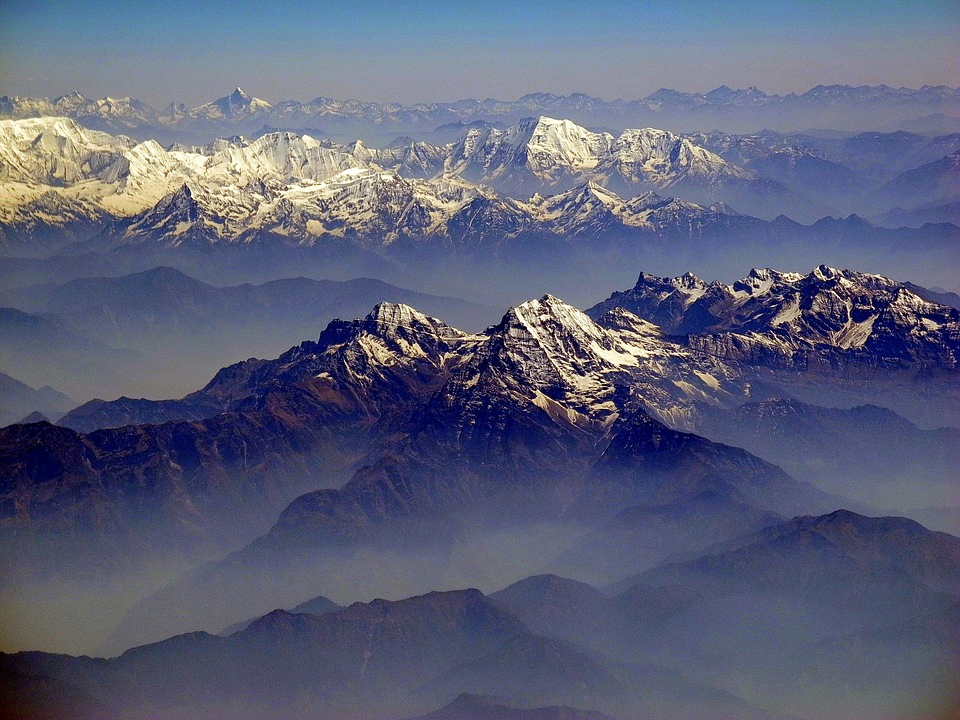
Kaziranga National Park (1985)
Teeming with exotic wildlife and one of the top wildlife sanctuaries of India, Kaziranga’s floodplain and wetland scenery is best known as the habitat for two-thirds of the world’s Great one-horned rhinoceros. Spotting different animal species amidst tall elephant grass is a memorable jungle experience.
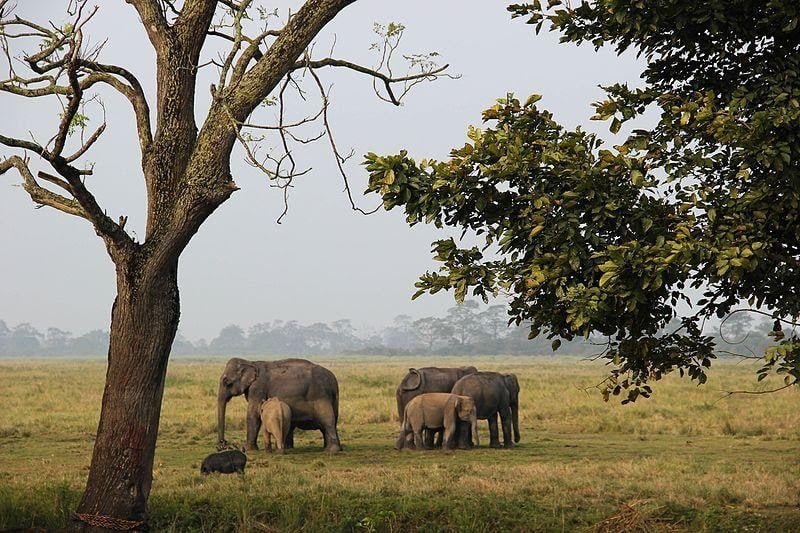
Keoladeo National Park (1985)
Declared a Ramsar site, this wetland, and its avian diversity are spectacular. Over 400 bird species, including aquatic fowl and migratory waterfowl from as far as Siberia, attract birdwatchers worldwide to its nurturing swamplands and woodlands.

Khangchendzonga National Park (2016)
Inscribed in 2016, this park, combining scenic Himalayan landscapes, pristine forests, and endemic wildlife like the red panda, is a sanctuary of natural beauty with cultural significance for local communities.

Living Legacies of the Past
To truly understand World Heritage Sites India, one must also explore its wealth of archaeological vestiges spread across vast excavated ruins, fortifications, and places of worship, revealing the majesty of empires whose histories were shaped here. Some such fascinating living monuments include:
Qutub Minar and its Monuments (1993), Delhi
Towering over the remnants of the first Muslim city of Delhi, the impressive 72.5m tall Qutub Minar, built in the 12th century in red sandstone and marble, stands out. Its surrounding archaeological park contains other historic structures like the Quwwat-ul-Islam Mosque and Alai Minar.

Mahabodhi Temple Complex (2002), Bodh Gaya
The site where Buddha attained enlightenment, its present temple houses the holy Bodhi tree. Its architecture and sculptures illustrate the development of early Buddhist art and have great religious significance for Buddhists worldwide. This is one of the most famous and richest temples of India.

Group of Monuments at Pattadakal (1987)
Its nine well-preserved 7th-8th century ornate Hindu temples built during the Chaleukyan reign portray various architectural styles from Nagara to Dravidian. Standing as proof of Karnataka culture, the exquisite stone carvings of Pattadakal narrating tales from Hindu mythology are a feat of craftsmanship.

Fatehpur Sikri (1986), Agra
This perfectly planned red sandstone city was once the temporary capital of the Mughal Empire. Its palace complex of over 40 palatial buildings fuses Indo-Islamic designs reflecting Akbar’s secular rule. Its unique architecture amalgamating Hindu and Muslim styles makes it historically notable.

Maratha Military Landscapes
The Maratha Military Landscapes of India were inscribed as UNESCO World heritage site in 2025. The heritage site depcits the unique network of forts, hill setlements and strategic defense system built by the Marathas. Spread across Maharshtra and the neighboring states, the Maratha Military Landscapes highlight the military ingenuity of Marathas.
The UNESCO recognition to Maratha Military Landscapes preserves their cultural, architectural and historic significance for global audience. Travel and history enthusiasts can now explore the Maratha forts to study, experience, witness and spread its valor.

Significance of UNESCO World Heritage Sites India
World Heritage Sites India immortalize the glorious cultural heritage that our ancestors left behind for us. Their inscription on the World Heritage List raises global awareness about preserving and conserving our monuments, monoliths, megafauna, and mother nature’s gifts bestowed to enrich the wealth of India’s diversity.
Angkot War Become Eight Wonder of the World
Sustaining their outstanding universal values is essential for our future generations to appreciate the artistic mastery and natural beauty that shaped the evolution of our nation. And for the world to continue drawing knowledge and inspiration from the many facets of India’s Cultural and Natural Heritage through the ages.
Why are UNESCO World Heritage Sites India important?
To safeguard World Heritage Sites in India, UNESCO works with governments, trusts, local communities, and international non-profits. Initiatives include sustainable development projects, restoration activities, research, and training to promote responsible tourism. Local communities play a significant role and benefit through opportunities in conservation, education, infrastructure, and livelihoods. This balanced approach enables future generations to experience Bharat’s rich natural and cultural heritage.
Swetha is a Content Specialist, LinkedIn Branding and B2B Marketing Consultant. When she is not in the world of B2B, she researches the roots and beauty of Indian Culture and Traditions. She is the author of the book: 365 Days 365 Posts – The Guide to LinkedIn Personal Branding, available exclusively on Amazon. Connect with her on LinkedIn.

